Warm spots on floors are not uncommon, but we rarely think of it as a major concern. However, you might still wonder, what causes this to happen? So, we did some research to find out more and here is what we gathered.
There are more than a few reasons your floor is warm in one spot. This might happen because of the following:
- Your floors have ductwork beneath them.
- There are downlights in the ceiling.
- There might be hot water pipes nearby.
- Your crawl space is heating up.
- Your concrete slab has leaks.
Continue reading as we look at specific reasons that make your floor develop warm spots. In addition, we'll also discuss which factors are serious, how to identify problems, and how to fix them.
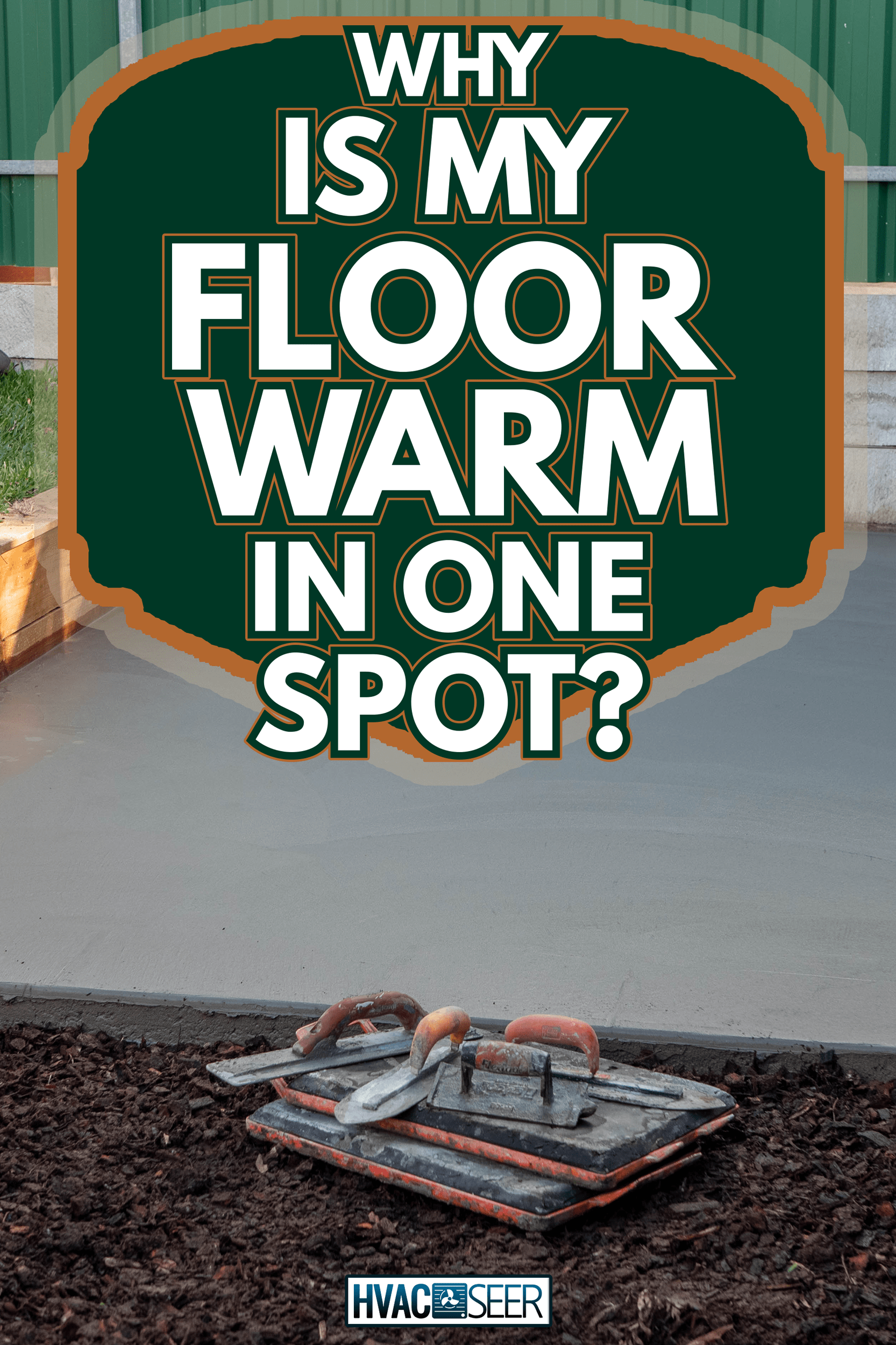
How Do Ductworks Cause Warm Spots On Floors?
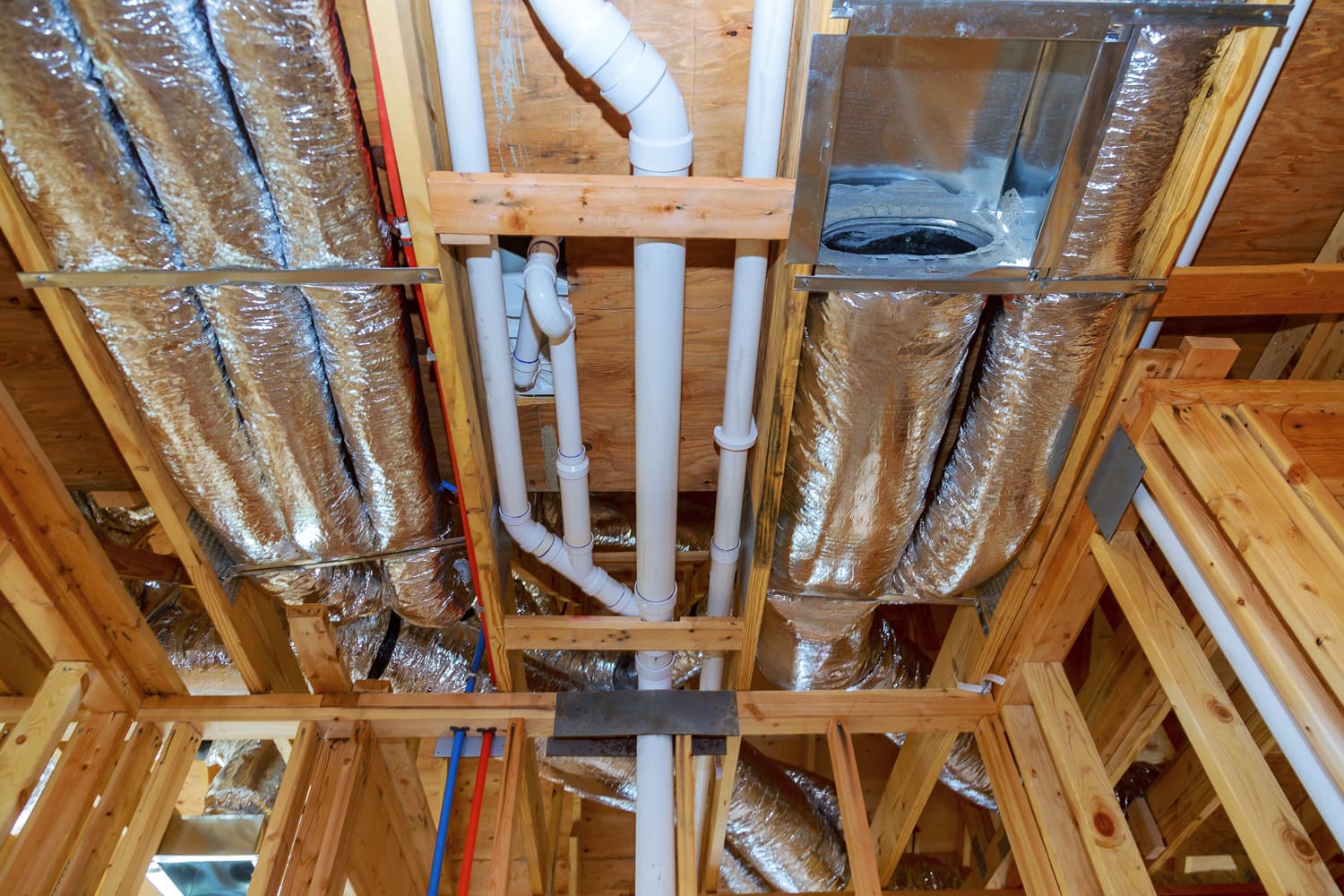
During the winter, you will most certainly use the heater frequently. As a result, heated air will travel through the ductwork in your home so you can keep your home warm.
Even though you can't see your ductwork, it performs a crucial function in keeping your home's environment pleasant. During your home's construction, contractors placed ductwork in strategic spots throughout the property.
This ductwork might be beneath your floor. And as the ductwork heats up, you may notice warm spots in different parts of your house.
There is nothing you can do about the ductwork. Although, you don't have to worry if this is why there are warm spots on your floor.
How To Fix Warm Spots On Floors Caused By Ceiling Downlights?
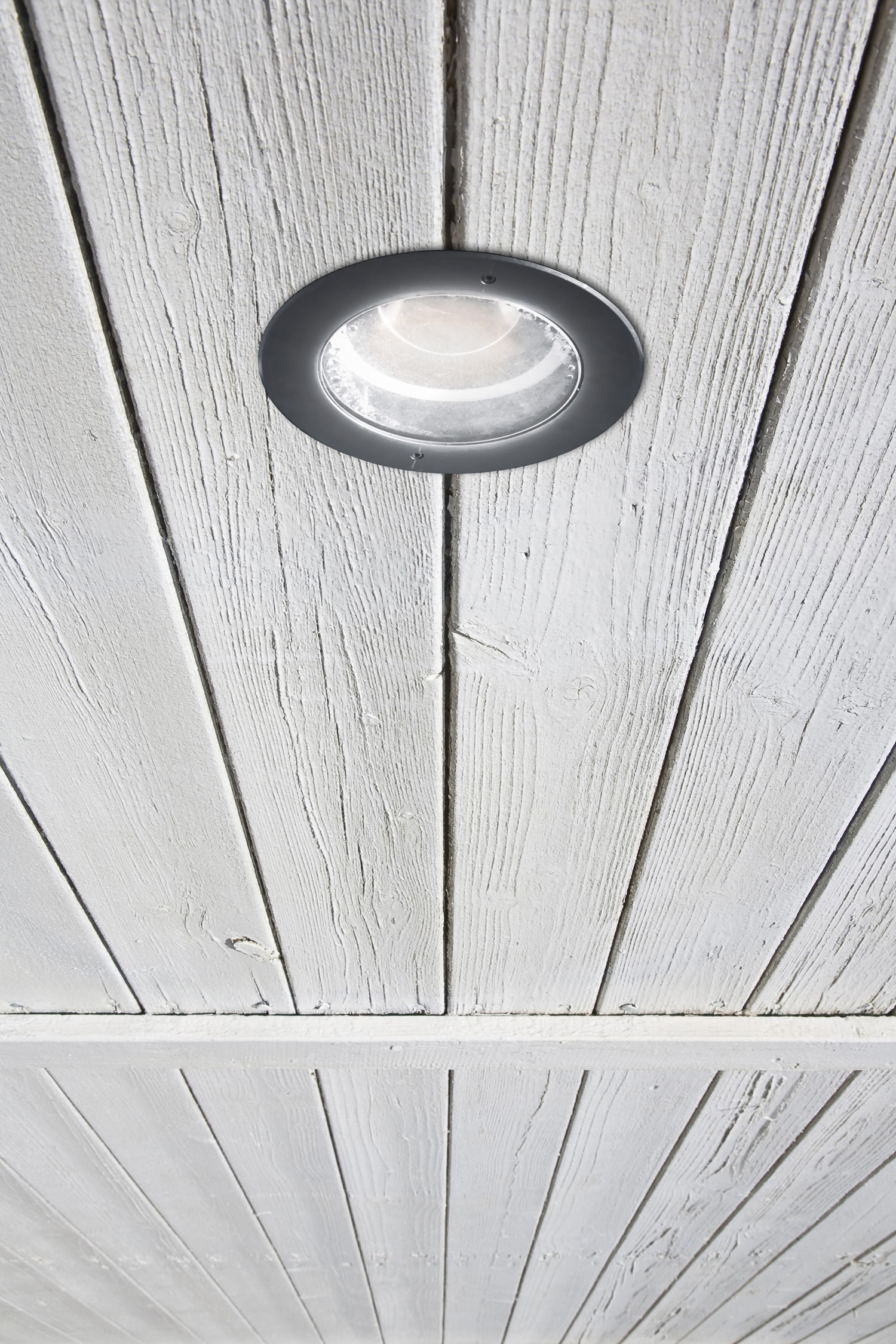
Lights warm up naturally when they are on. However, there are solutions to this problem. Have an electrician examine the lights to ensure that they are in working order.
If this problem persists, you may wish to replace the light bulbs with something that does not generate as much heat.
For example, many homeowners have moved from traditional incandescent to LED bulbs. LED bulbs last longer than traditional bulbs. Plus, they may save you money while also eliminating hotspots on your floors.
Do Warm Spots Due To Hot Water Pipes Indicate A Pipe Leak?
Having warm spots where your hot water pipes are located doesn't necessarily mean the pipes are leaking. You'll probably notice a lot more than just warm spots beneath your floors if you have a leaking water line.
Puddles and stains are typical indicators of water damage. Also, if you haven't observed warm areas on your floor before, contact a contractor who can inspect your water heater and your floors.
Why Do Warm Spots Happen Due To Crawl Spaces?
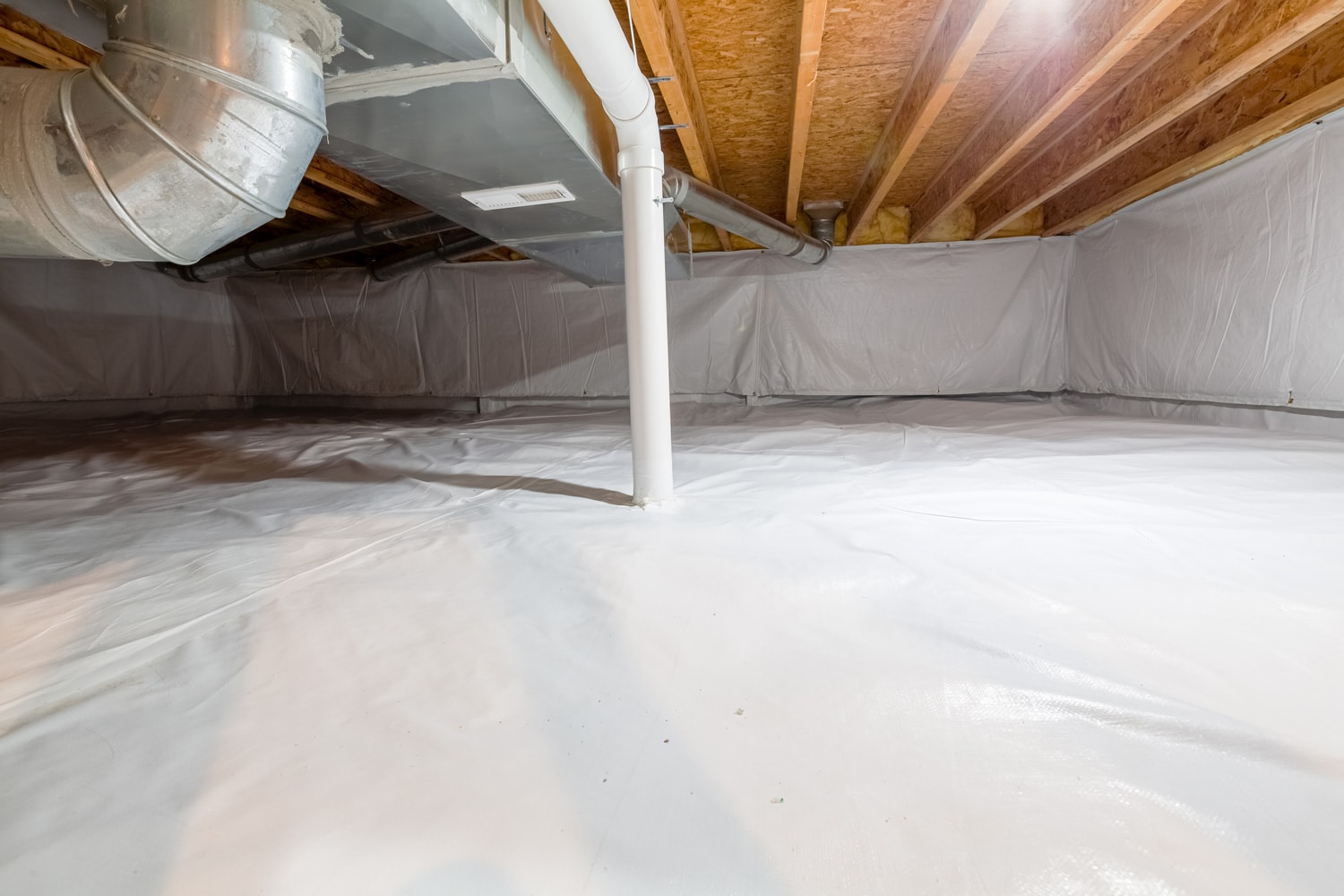
If your home has a crawl space, be sure it is properly sealed to prevent standing water within buildings. It might cause catastrophic damage.
Simultaneously, sealing your crawl area will cause it to trap warm air and humidity. This might gradually lead to warm patches around your home.
What Causes The Leaking Of Concrete Slabs?
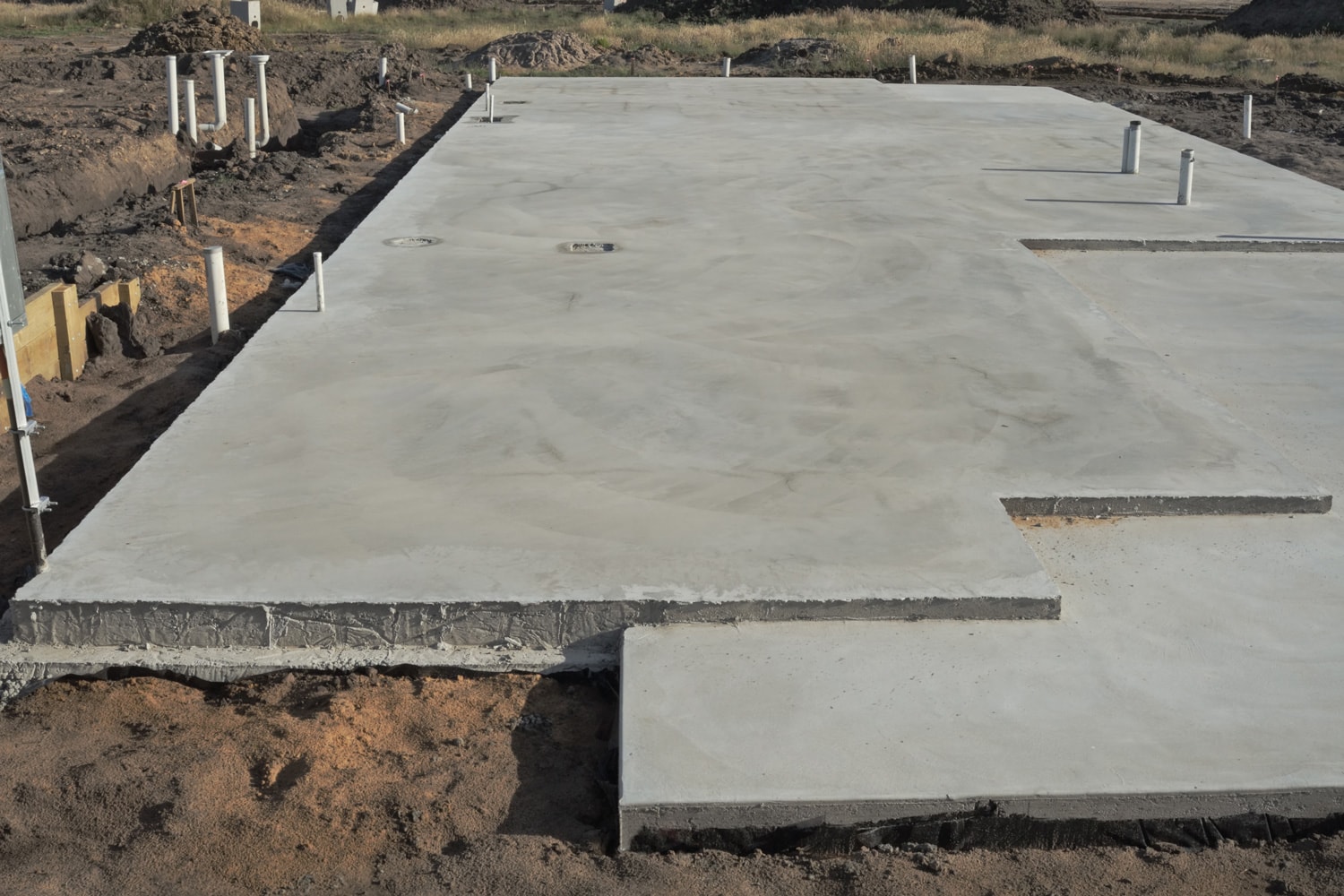
If your house is built on a concrete slab, it should be on stable ground. A slab leak will eventually occur if the earth beneath your concrete slab is unstable.
The concrete slab beneath your home may become unstable as the soil beneath it shifts. The force applied to the concrete slab will eventually cause it to crack.
Now, you may wonder, what exactly is it about shifting concrete that leads to a leak? This is because of the plumbing joints found beneath the slab. Water slowly seeps beneath your house.
The soil erodes because of this. When the soil begins to erode, the slab's stability deteriorates. This puts greater tension on the slab, which could lead to cracks.
Hairline cracks aren't usually a cause for concern. But, if they spread to the point where you can slide a quarter through them, it's a huge problem. This can let water inside your house.
How To Determine If There Is Slab Leak?
You can detect a slab leak using a few different ways. To detect a leak in your foundation, see if the following signs apply:
- Water bills are soaring.
- Water stains appear.
- The floors start to bulge.
- Water and air is creating sounds.
1. Water Bills Are Soaring
If you haven't seen leaks around the house and haven't used more water than usual, you most likely have a slab leak. This symptom typically appears quickly, usually over a few billing cycles.
2. Water Stains Appear
Watermarks on the floor indicate a slab leak since water has nowhere else to go but up to your floor. When you walk barefoot, you may better detect moisture. Also, there may be reports of the sound of water running beneath the flooring of several residences.
3. The Floors Starts To Bulge
The ground may begin to swell as water moves from the foundation to the ground. This causes your foundation to raise and become uneven. If this happens in your home, you'll notice areas where the floor has lifted because of a leak.
4. Water And Air Is Creating Sounds
Plumbers often use a specific listening tool to identify slab leaks. They inflate your pipes with air so they can hear the gurgling sound of water and air escaping.
A plumber will cut off the water to allow the air to escape the pipes. And if a certain noise occurs, your plumber can better determine the issue.
Is Concrete Slab Leak Dangerous?

Having concrete slab leaks can be dangerous. It can cause these issues:
Health Problems
A major problem with slab leaks is that water can sit for so long without detection that it develops mold. Mold growth is a symptom and a side effect of a slab leak. Also, it can slowly invade your property without you realizing it.
Breathing in mold over an extended period might cause respiratory difficulties. As time goes on, rotting will occur, causing more significant issues. Mold thrives in wet settings, which slab leaks provide.
Damage To The Structure
Slab leaks can compromise the foundation of your home. This is true even for steel and concrete. The water pressure a slab leak produces can cause foundation shifting, cracking, and eventually structural collapse.
Financial Implications
Another risk associated with slab leaks is that your insurance policy may not cover the damage. For slab leaks, there are several repair methods available.
Typical repair costs range from $1,000 to $4,000. And this cost includes leak detection, isolation, and patching of the afflicted pipe.
How To Fix Concrete Slab Leaks?
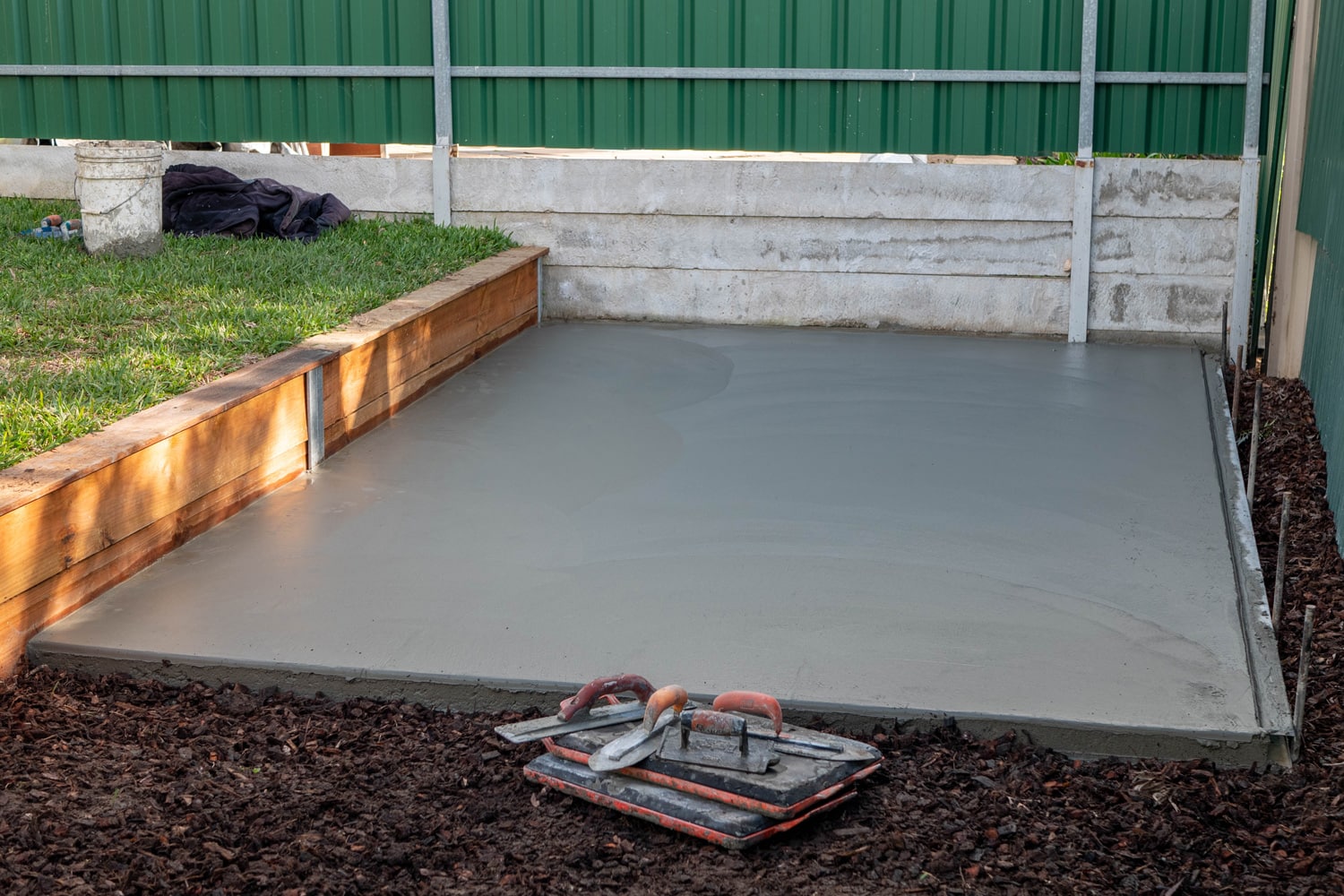
There are three options you can choose from:
- Trenchless Repair
- Re-routing or re-piping of pipes
- Tunneling
Trenchless Repair
Some minor deconstruction is required for Trenchless plumbing repair to remedy a slab leak. To repair a slab leak, your contractor will need to drill access holes.
It's the least harmful procedure available, and it's less expensive than other methods of dealing with sub-slab leaks.
To seal the broken pipe, slab repair experts will use epoxy pipe liners. And they'll use a camera to determine the degree of the damage.
If Trenchless repair is possible, they will clean the pipe, install an epoxy pipe liner, inflate it, and then wait for it to cure. The entire procedure takes only a few hours to complete.
Re-routing or Re-piping of pipes
Plumbers frequently choose re-piping when several pipes are involved. The installation of new pipes to build a leak-free system is part of this strategy.
If you have pipes under your floors and inside your walls that need replacing, rerouting them will require demolition. If you simply need to replace a few pipes, this is the most cost-effective option.
Tunneling
Most homeowners who want to save their expensive flooring choose tunneling as a repair procedure. Using this method will keep the mess out of your home, allowing you to stay in your place while the work is being done.
The slab leak repair team will excavate working tunnels beneath your home and ensure that your home's structural stability isn't compromised. They will also make necessary repairs before returning the removed soil.
Final Words
There are several reasons for warm spots on floors, including ductwork, downlights, and hot pipes underneath the floors. Problems with a crawl space and concrete slab leaks can also cause warm spots.
Although most reasons for warm spots don't pose any harm, concrete slab leaks can be quite dangerous. It would be best to let professionals fix this problem.
If you are having issues with your flooring, check out these related articles:
